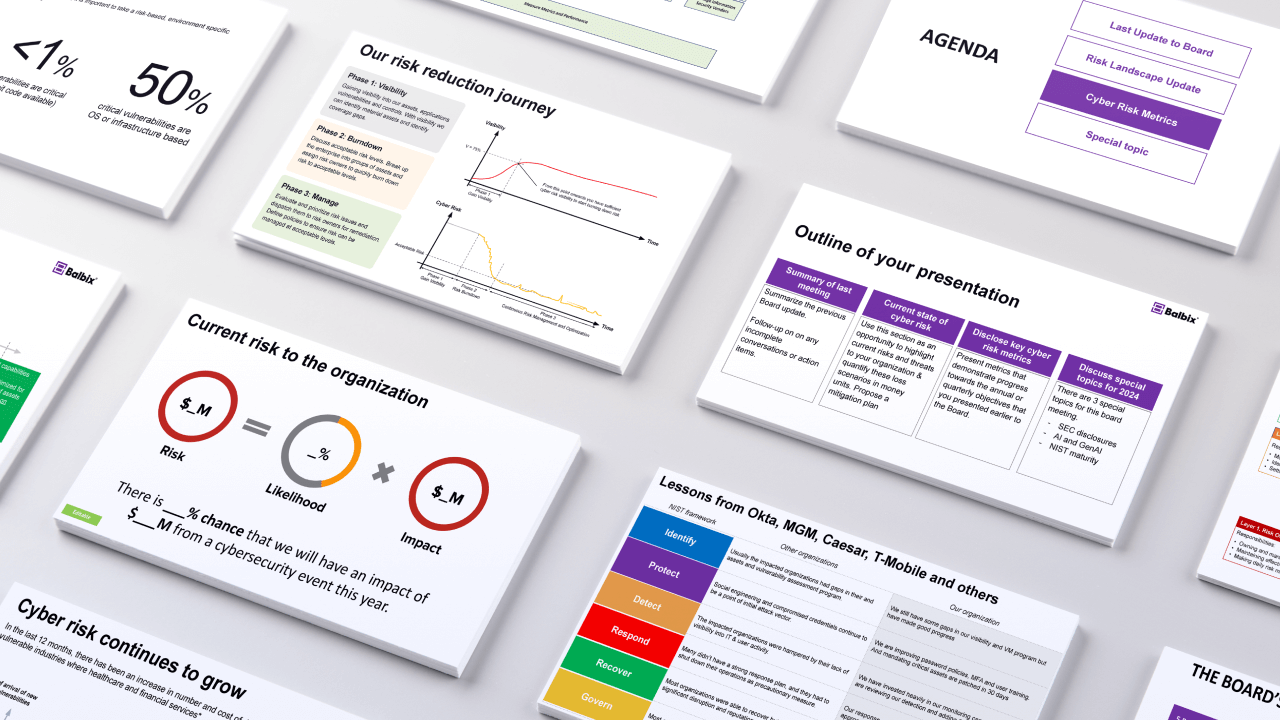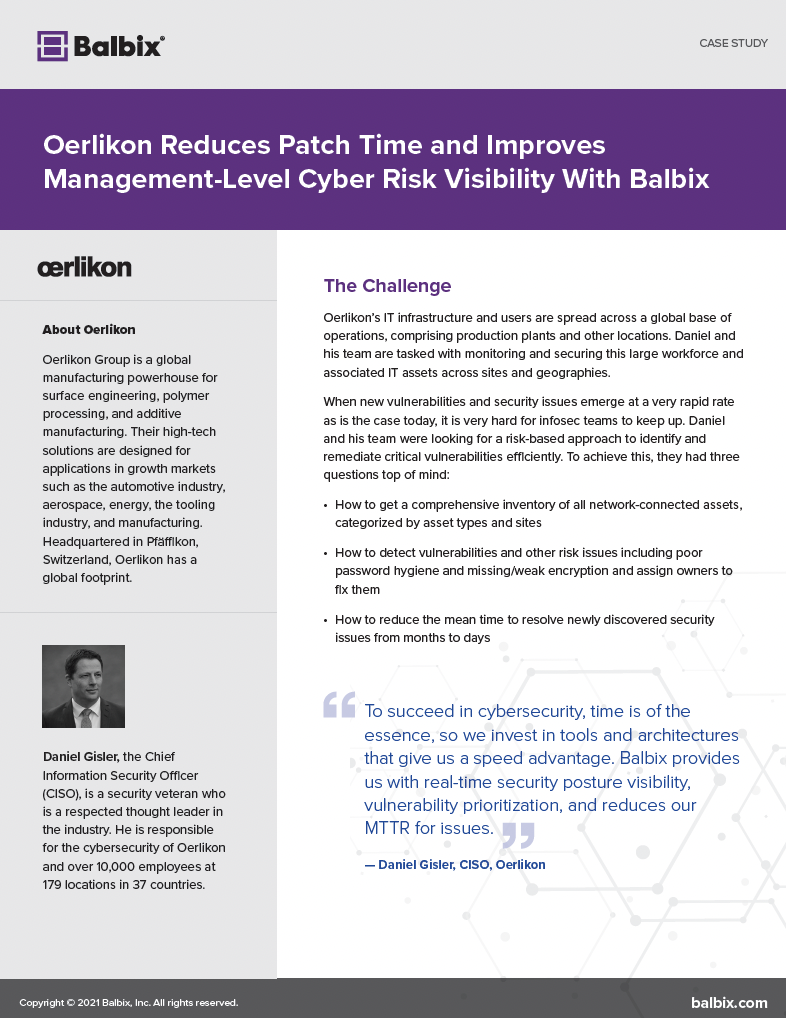If you’re part of your organization’s vulnerability management team, you’ve likely heard of CVE, CVSS, and NVD. Each plays a unique role in assessing and managing vulnerabilities, and understanding these differences can significantly improve your security efforts.
What are CVSS, CVE, and NVD?
CVSS (Common Vulnerability Scoring System): CVSS is a widely used framework for evaluating the severity of information security vulnerabilities. It helps prioritize system vulnerabilities, determining which ones require immediate attention. These scores are key for vulnerability scanning processes, providing insights into potential risks.
CVE (Common Vulnerabilities and Exposures): MITRE maintains a comprehensive list of publicly disclosed vulnerabilities and exposures. Each vulnerability is assigned a unique CVE ID, description, dates, and comments, making tracking and managing vulnerabilities across different platforms easier.
NVD (National Vulnerability Database): The NVD, managed by NIST, is a comprehensive database synchronized with the CVE list. It offers enhanced information, such as patch availability and severity scores, and is an excellent resource for searching for vulnerabilities using various criteria.
CVE vs. CVSS
While CVSS provides a score indicating the severity of a vulnerability, CVE is simply a list of vulnerabilities with unique identifiers (IDs) and primary details. The CVSS score isn’t found directly on the CVE listing; you’ll need to check the NVD for the associated CVSS scores.
CVE vs. NVD
The NVD extends the information in the CVE list by offering additional details like patch availability and a user-friendly search interface. Although both CVE and NVD are sponsored by the US Federal Government, the NVD’s expanded capabilities make it a more practical tool for in-depth vulnerability analysis.
Understanding CVSS Scores
The CVSS score consists of three facts metrics:
- Base Metrics: These provide a constant score for a vulnerability based on its inherent qualities.
- Temporal Metrics: These scores can change over time, reflecting the availability of patches or workarounds.
- Environmental Metrics: These are adjusted based on the specific environment where the vulnerability exists.
It’s worth noting that the NVD typically reports only the Base Metrics as the CVSS score, which may not provide the full picture of a vulnerability’s severity.
Why CVE, CVSS, and NVD Matter
Leveraging CVE, CVSS, and NVD together can significantly enhance your organization’s vulnerability management program. By understanding the differences and how they complement each other, you can more accurately assess risks and prioritize actions to safeguard your systems.
- Identify Vulnerabilities: Use CVE to recognize and track vulnerabilities across your systems.
- Assess Severity: Utilize CVSS scores from the NVD to gauge the criticality of each vulnerability.
- Stay Informed: Regularly check the NVD for updates on vulnerabilities, including patch information and severity assessments.
By integrating these tools into your security practices, you can build a more resilient cybersecurity posture that efficiently addresses potential threats.
Frequently Asked Questions
- How are CVSS scores calculated for a specific vulnerability?
-
CVSS scores are based on three metric groups—Base, Temporal, and Environmental. Base Metrics focus on the vulnerability’s core characteristics. Temporal Metrics account for changes like available patches. Environmental Metrics adjust scores based on the specific system setup. Together, they provide a tailored severity score.
- Can I use CVE, CVSS, and NVD without specialized tools?
-
Yes, you can access CVE through MITRE’s website and NVD using NIST’s database for free. However, automated tools streamline the process by integrating these resources, making large-scale vulnerability management more efficient and accurate.
- What should I do if a vulnerability doesn’t have a CVSS score?
-
If no CVSS score is listed, start by using the CVE description to assess its potential impact. Consult security forums or vendor sites for additional details, and consider working with your IT team to evaluate risks specific to your system.


